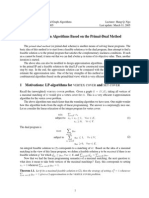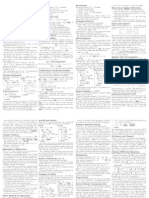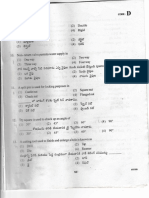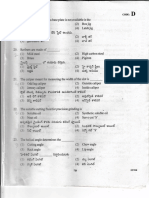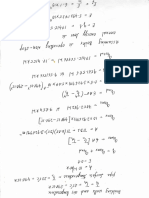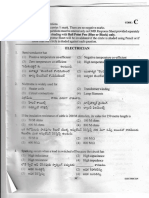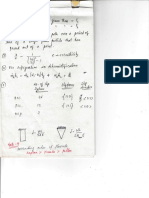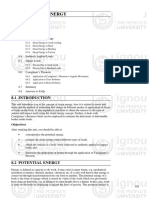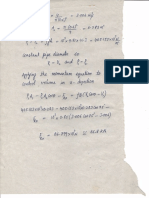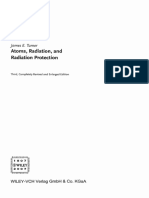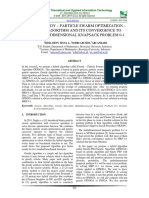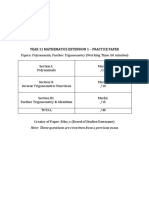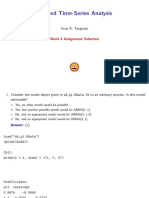0% found this document useful (0 votes)
146 views5 pagesCombinatorial Optimization Guide
1) The document contains exercises from a combinatorial optimization course. Exercise 1 asks students to show that the dual of a linear program can be interpreted as another linear program and to mark entries in a table describing possible outcomes between the primal and dual programs.
2) Exercise 2 provides a graph and asks students to determine a maximum weight matching and provide a feasible dual solution to verify optimality.
3) Exercise 3 (marked with a star for bonus credit) asks students to provide an efficient algorithm to determine the size of a maximum matching in a graph given an algorithm that decides if a graph has a perfect matching.
Uploaded by
Subhash KorumilliCopyright
© © All Rights Reserved
We take content rights seriously. If you suspect this is your content, claim it here.
Available Formats
Download as PDF, TXT or read online on Scribd
0% found this document useful (0 votes)
146 views5 pagesCombinatorial Optimization Guide
1) The document contains exercises from a combinatorial optimization course. Exercise 1 asks students to show that the dual of a linear program can be interpreted as another linear program and to mark entries in a table describing possible outcomes between the primal and dual programs.
2) Exercise 2 provides a graph and asks students to determine a maximum weight matching and provide a feasible dual solution to verify optimality.
3) Exercise 3 (marked with a star for bonus credit) asks students to provide an efficient algorithm to determine the size of a maximum matching in a graph given an algorithm that decides if a graph has a perfect matching.
Uploaded by
Subhash KorumilliCopyright
© © All Rights Reserved
We take content rights seriously. If you suspect this is your content, claim it here.
Available Formats
Download as PDF, TXT or read online on Scribd
/ 5




